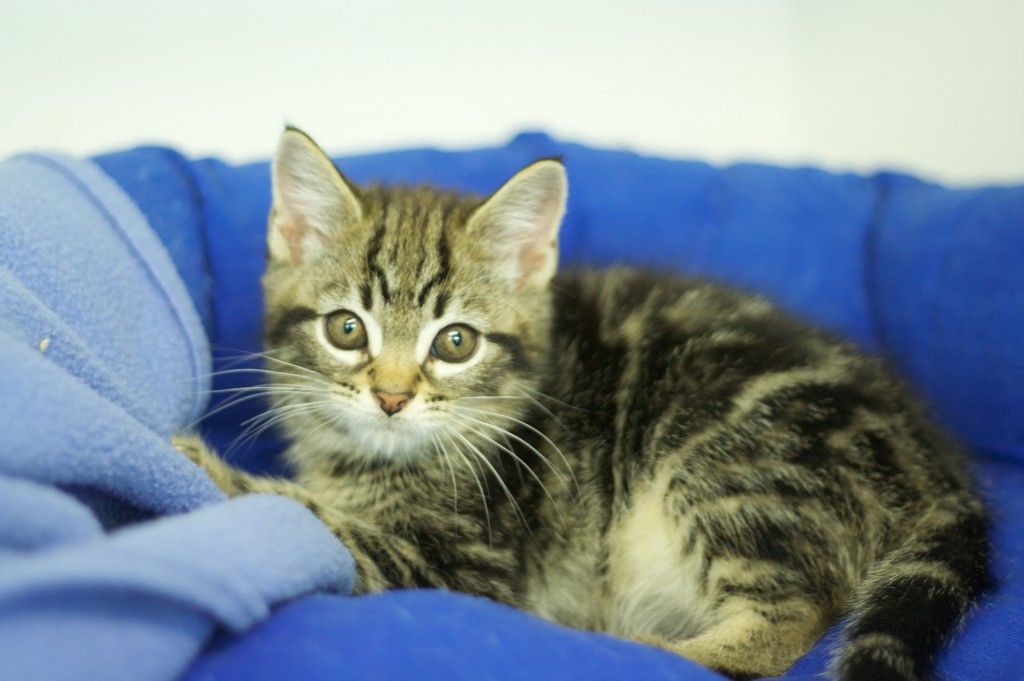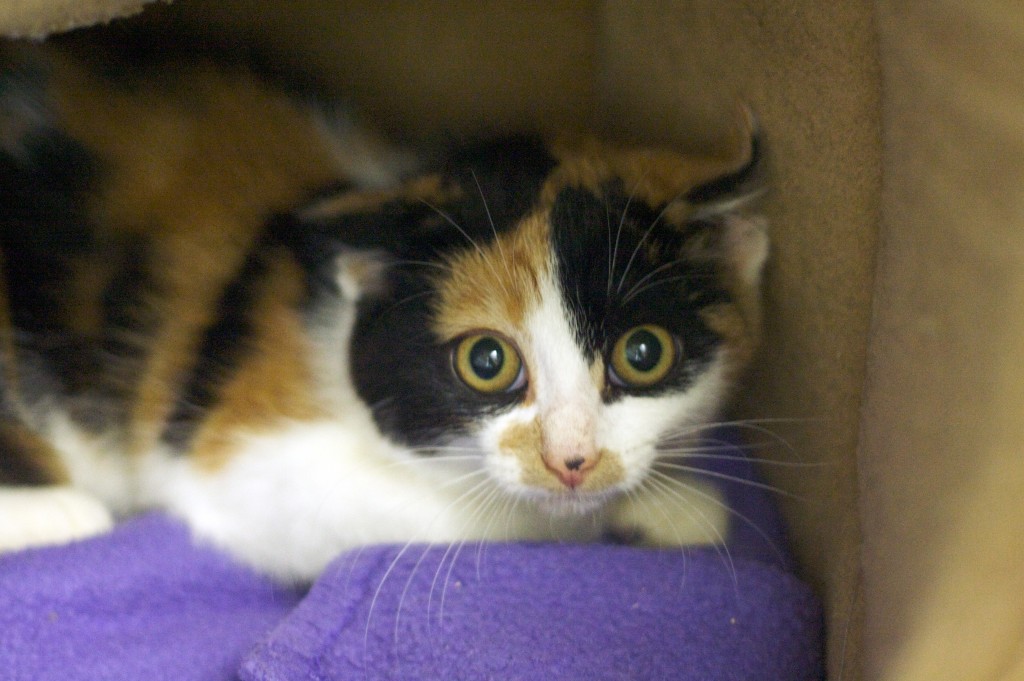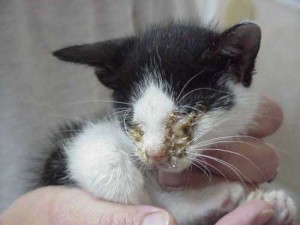What is a feral cat?
A feral cat is a descendant of a domesticated cat that has returned to the wild. It is distinguished from a stray cat, which is a pet cat that has been lost or abandoned, while feral cats are born in the wild; the offspring of a stray cat can be considered feral if born in the wild.
Because cats are not native to all parts of the world, feral cats can cause harm to local environments by preying on local species. This is especially true on islands where feral cats have sometimes had a substantial and deleterious effect on the local fauna. This is why it is so important that we deal with this problem.
The lifespan of feral cats is hard to determine accurately but it is thought to be between 2-8 years. In contrast, a cat that lives indoors under proper human care has a life expectancy of 15-22 years.
Another threat to the life of a feral cat is weather. Cats are sensitive to conditions of cold and heat. A cat’s normal body temperature is between 38.2 and 39.2 Celsius. Cats do not sweat as humans do, and they regulate their body temperature through panting and licking their fur in hot weather.
A feral cat colony is a population of feral cats. The term is used primarily when a noticeable population of feral cats live together in a specific location and use a common food source. The term is not typically applied to solitary cats passing through an area. A colony can range from 3-5 cats to about 100 cats. Their locations vary, some hiding in alleyways or in large parks.
Members consist of adult females, their young, and some adult males. Unneutered males in a colony fight each other for territory and for females. Some will be driven out to find another place to live.
Disease
Feral cats who have been trapped are nearly always found to have a large number of fleas, causing them to be anaemic.
Both the fleas, and the food source, if limited to garbage and rodents, cause the cats to have intestinal microorganisms (such as coccidia or giardia) and other parasites (commonly known as roundworms, tapeworms, and hookworms), which lead to diarrhea and subsequent dehydration
. They can also have ear mites, ringworm, and upper respiratory infections. Others are wounded in mating-fights and die from the infected wounds. Still others eventually contract feline immunodeficiency virus (cat aids) or feline leukaemia due to the constant transmission of blood and bodily fluids via fighting and sexual activity.
While all of these illnesses are quite treatable, there must be humans to intervene to stop these illnesses from becoming fatal. Due to the number of health problems to which they are subjected, and their fragile immune systems, kittens in the colony sometimes do not survive.
Control and Management
Here at Guernsey Animal Aid we trap feral cats.
Once we have caught them they are quickly taken to a vet where they are health checked, neutered, ear tipped (this is where the tip of their ear is removed so that we can recognise that they have been neutered in the future) then treated for fleas and worms and, if well, released back into the wild, usually with someone keeping a watchful eye over them and leaving out the food where appropriate. Worm and flea treatment are as necessary to a feral cat as they are to a domesticated cat, if not more so due to their diet and living conditions.
When we catch a pregnant female, we keep her with us until she is able to be spayed. The kittens, who are more used to human contact than their mother, are re-homed.
The toll on the health of a female feral cat is immense due to the constant pregnancies.
Sometimes we have trapped what we believed to be feral cats, only to discover upon scanning them that they are actually domesticated cats that have been missing for a year or two. The time spent out of a loving home has simply caused their behavior to deteriorate into that of a feral cat.



